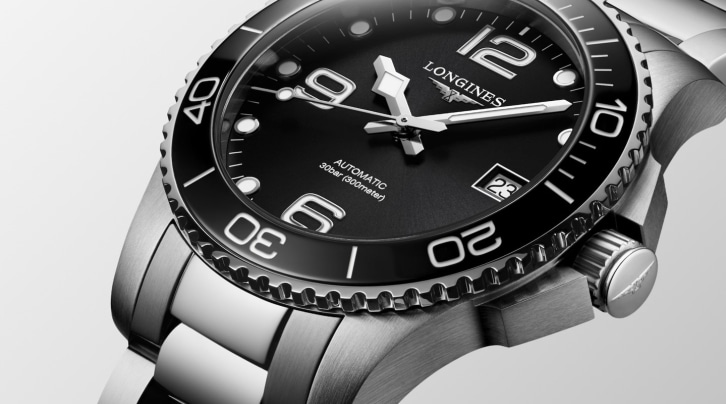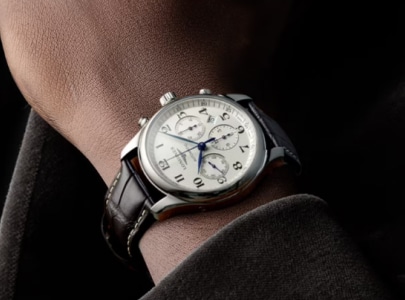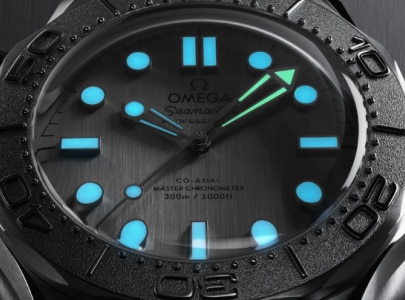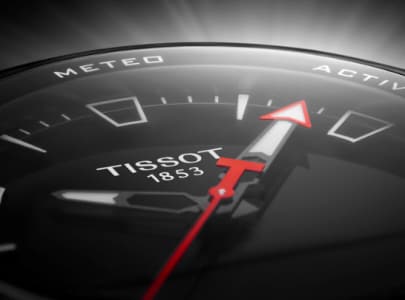The small mechanical part that sticks out from the side of your watch at 3 o'clock (or even 4 o'clock, 6 o'clock or 12 o'clock on some models) is not insignificant or just a decorative object. It has been a key component in the construction of a watch since its invention in 1830.
It was invented by the Breguet company in the 1830s and used it in their pocket watches. This knob, sometimes grooved or with other shapes, connected to the winding stem, is used to adjust the time or date, to wind the watch, if mechanical, and to rotate the barrel spring. When one rotates it, normally between the thumb and the index, the hands or the window of the date move.
The use of the crown always requires extreme care and caution. After unscrewing it, pulling it to its last notch to access or adjust a function must be done gently, and not in damp or dusty environments. After each use, the crown should not be left pulled out, but it should be pushed back and screwed into place. In fact, the crown is potentially vulnerable in terms of water resistance. This is a major technical challenge, the subject of numerous research and patents by watchmakers.
Some watches, such as diver's watches, have a screw-down crown so that it can't accidentally be unlocked during use. Other crowns have a movable pusher for the activation of the chronograph module or a cover for a savonnette watch case. Historically, pilot watches are oversized, so that they can be manipulated with gloves.
It should also be noted that some brands place their logo on the crown. Thus, when you purchase a second-hand watch, you can check if that's the case.
As a well-informed enthusiast, you must have noticed that 99% of crowns are placed to the right side of the case, for logical, historical and statistical reasons. Yet, the crown on the right sometimes weighs on the wrist and can hurt. So what can you do? Few models have the crown on the left, and are generally left-handed watches. Some crowns are difficult to access at 6 o'clock or 12 o'clock on purpose, because equipped with safety features for divers or extreme sports enthusiasts. However, wearability is not exceptional, as they are often wider than they are long... Some crowns are off centred at 2 or 4 o'clock, but they are not always comfortable either. Today, there are also watches without crowns, such as Rado's V10K L model.



